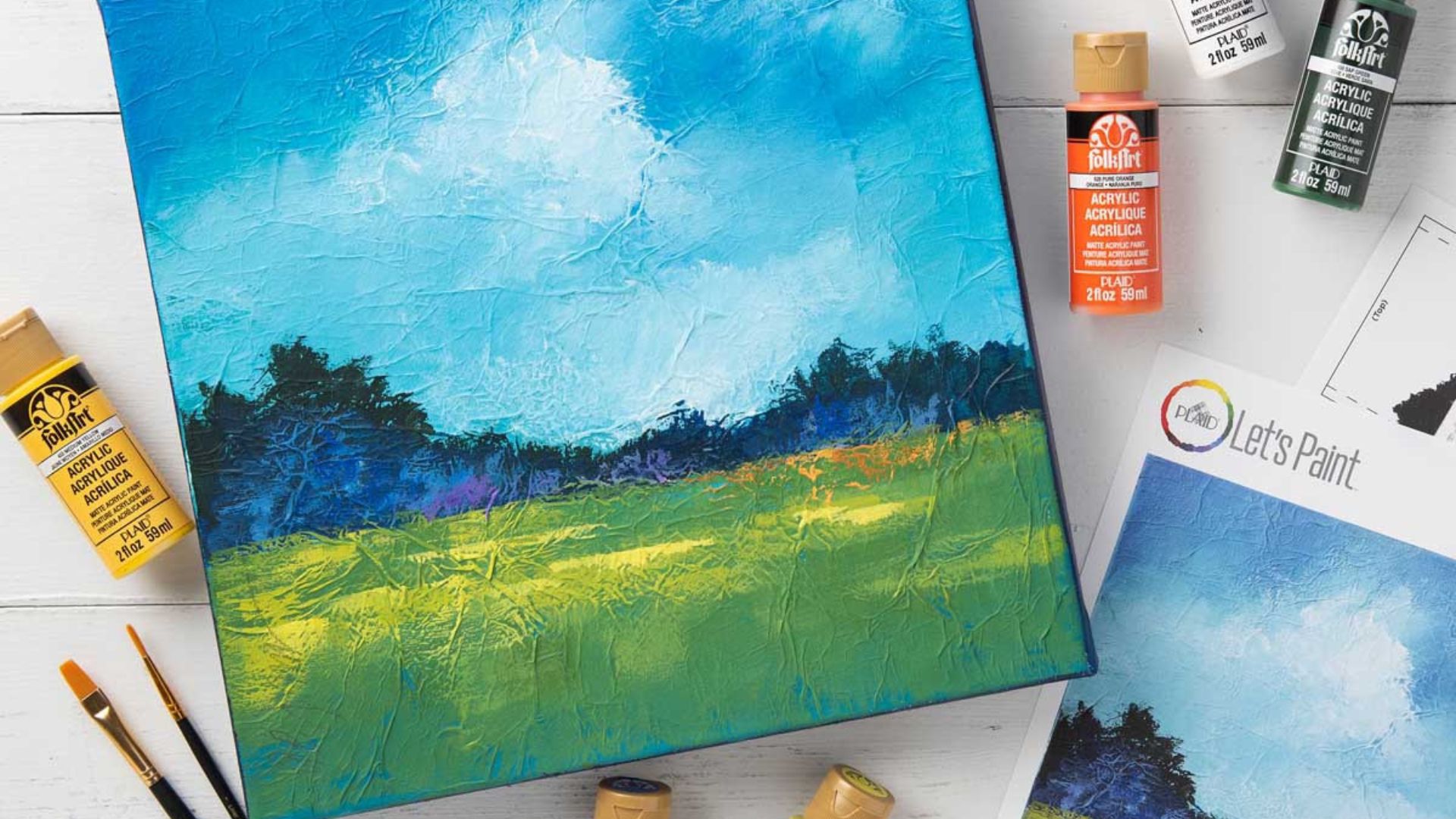Beyond Daily Yonder: Insights and Updates
Exploring daily news and insightful information from various fields.
Brushes, Colors, and Curves: Painting Tips That Won't Leave You in the Canvas Dust
Unlock your inner artist with essential painting tips that transform your skills and keep you out of the canvas dust! Discover more now!
Mastering Brush Techniques: Unlocking the Secrets to Fluid Strokes
Mastering brush techniques is essential for any artist looking to create fluid strokes that bring their work to life. Whether you are a novice or a seasoned professional, understanding the fundamentals of brushwork can drastically improve your painting skills. One of the key secrets to achieving fluid strokes lies in the selection of the right brushes. For example, using a quality paintbrush can make a significant difference in how the paint flows and blends on the canvas. Experiment with different shapes, sizes, and bristle types to find what best suits your style.
Another important aspect of mastering brush techniques is practice. Regular practice not only helps refine your skills but also enables you to develop a personal style. Techniques such as dry brushing, washing, and scumbling can all contribute to achieving the desired fluidity in your work. It can be helpful to follow tutorials or workshops led by experienced artists for hands-on guidance. Remember, consistency and patience are key as you unlock the secrets to creating stunning and dynamic fluid strokes!

Choosing the Right Color Palette: How to Create Harmony in Your Artwork
Choosing the right color palette is essential for artists seeking to create harmony in their artwork. A well-selected color palette not only enhances the visual appeal but also conveys emotions and messages effectively. To start, consider the principles of color theory, which include the color wheel and complementary colors. Familiarizing yourself with these concepts can aid in making informed decisions about which colors work well together. For a deeper understanding, explore resources like Adobe's Color Theory Guide.
Once you have a basic understanding of color theory, experiment with different schemes like monochromatic, analogous, or triadic palettes to find what resonates with you. Tools such as Coolors can assist you in generating color palettes that evoke the desired mood in your artwork. Remember, the goal is to establish a visually pleasing composition where colors complement rather than clash, allowing your piece to communicate its intended message seamlessly.
5 Common Painting Mistakes and How to Avoid Getting Stuck in the Canvas Dust
Painting can be a rewarding yet challenging task, and common painting mistakes can turn your creative endeavor into a frustrating experience. One major pitfall is skipping the prep work, such as sanding and priming the surface, which compromises paint adhesion. To avoid this, ensure you take your time to prepare the area thoroughly. Additionally, using the wrong type of paint for the job can lead to poor results. Always check the manufacturer's recommendations for your specific project. For further tips on painting techniques, check out Painting Professor's guide.
Another frequent mistake is neglecting to take proper safety measures, such as not wearing a mask or goggles, especially when working with spray paints. This can be harmful to your health. Remember to take breaks and ventilate the area to avoid any adverse effects. Additionally, many people fall into the trap of working with brushes or rollers that are too small for the area they are covering, leading to uneven strokes and increased time spent on the project. Instead, use tools that are appropriate for the size of the surface. For more strategies to improve your painting skills and avoid these errors, visit DIY.com.